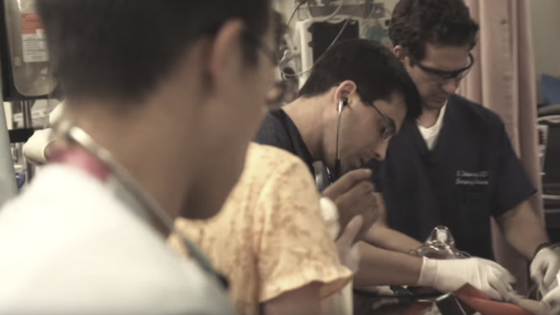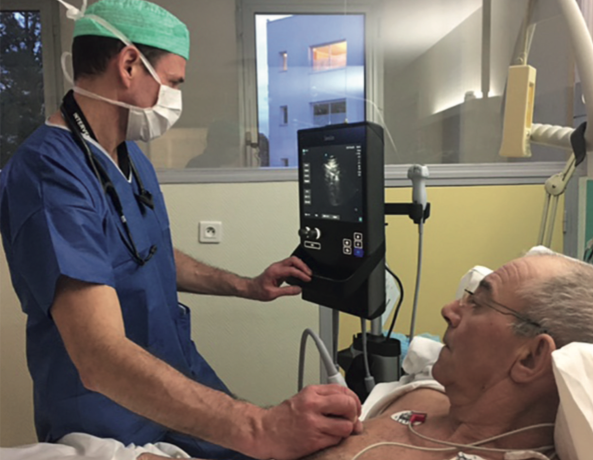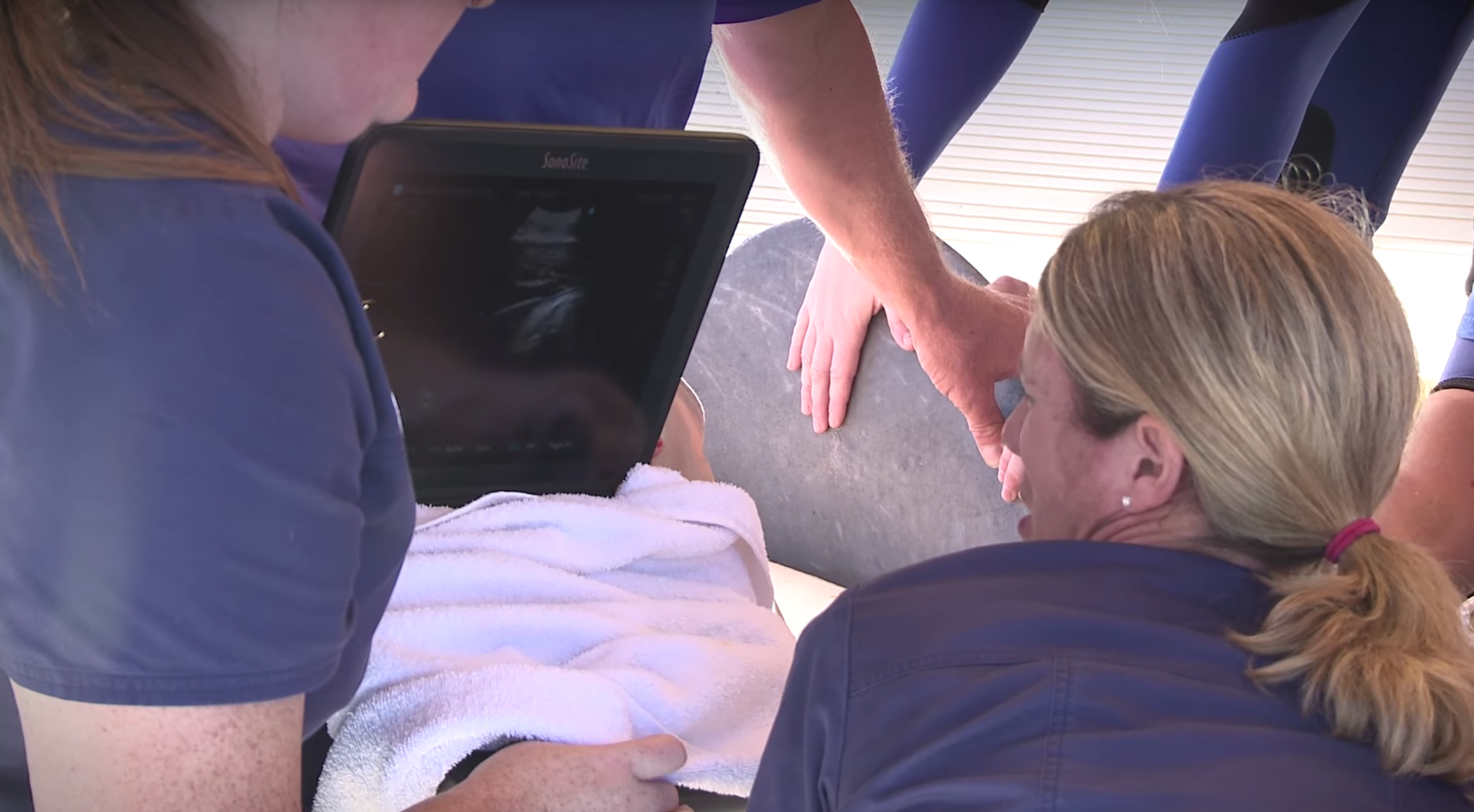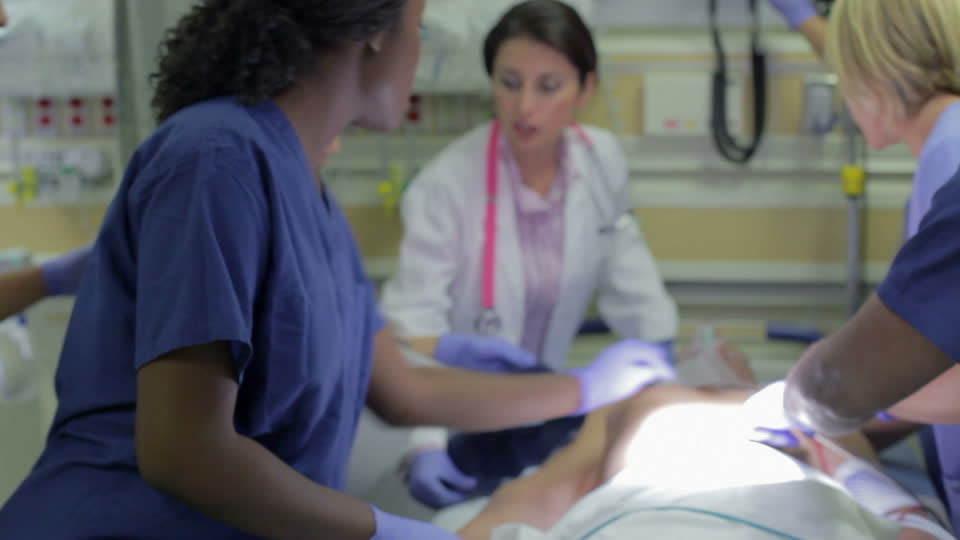Emergency Medicine Professionals: What to Look For at ACEP16

There are a lot of things Las Vegas is known for – gambling, over-the-top entertainment, and world-class dining. Now there’s one more thing to add to that list: ACEP 2016 – the leading event for emergency medicine. In a few days, thousands of emergency medical professionals from around the globe will gather for ACEP16, an immersive experience that goes beyond what typical medical conferences offer. So what makes ACEP16 so important?
















